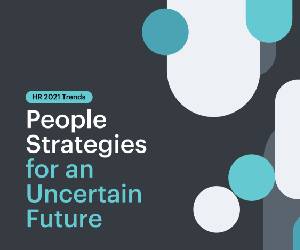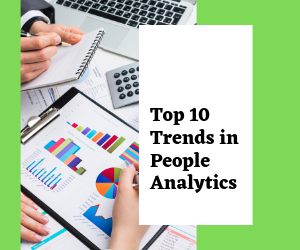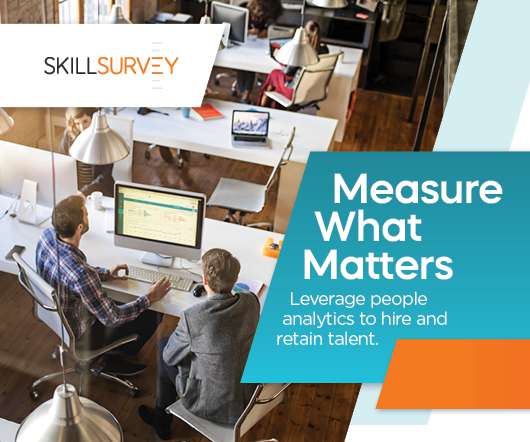Leveraging Data Analytics for Strategic Workforce Planning
EmployeeConnect
MARCH 26, 2025
Today, HR systems equipped with advanced data analytics capabilities enable businesses to make informed, data-driven decisions that enhance workforce efficiency and productivity. One of the most powerful applications of HR analytics in workforce planning is predicting future talent needs.
























































Let's personalize your content